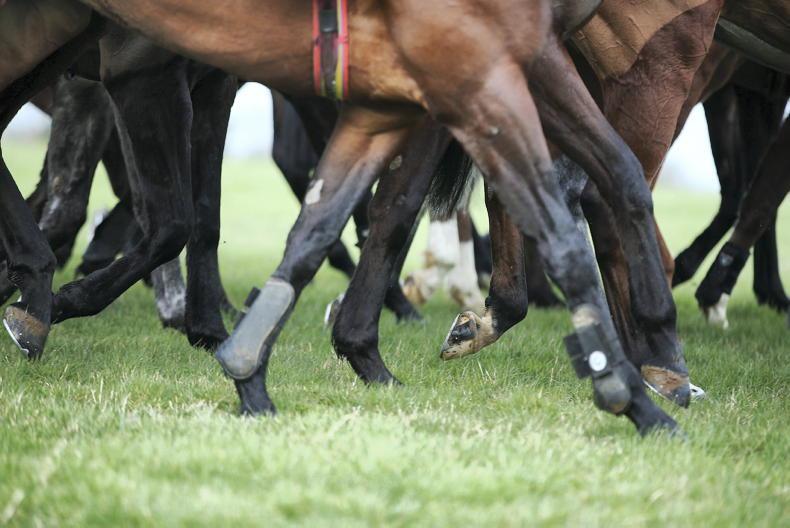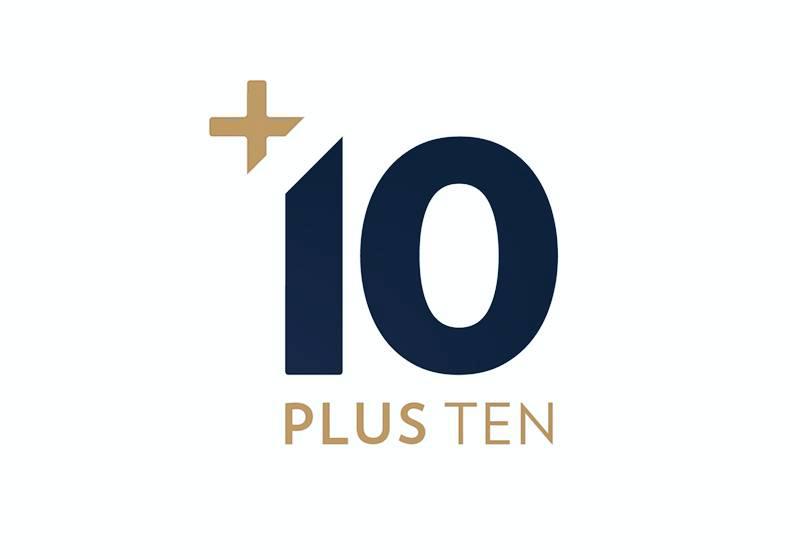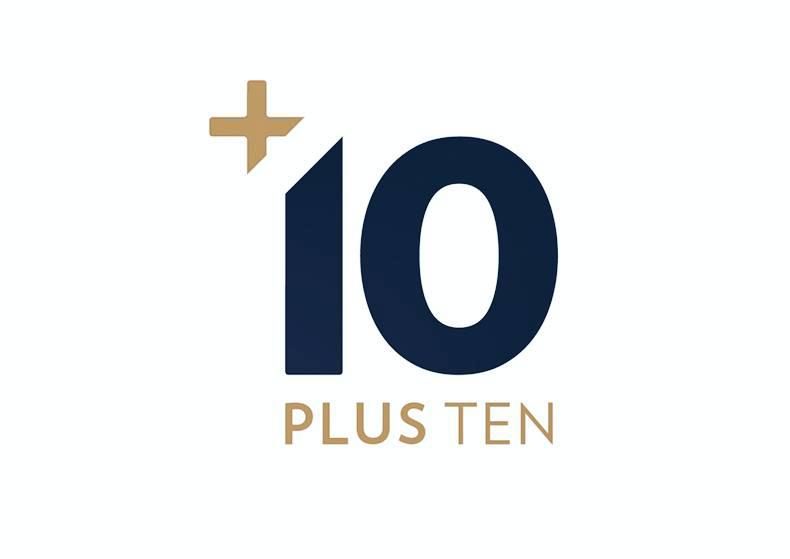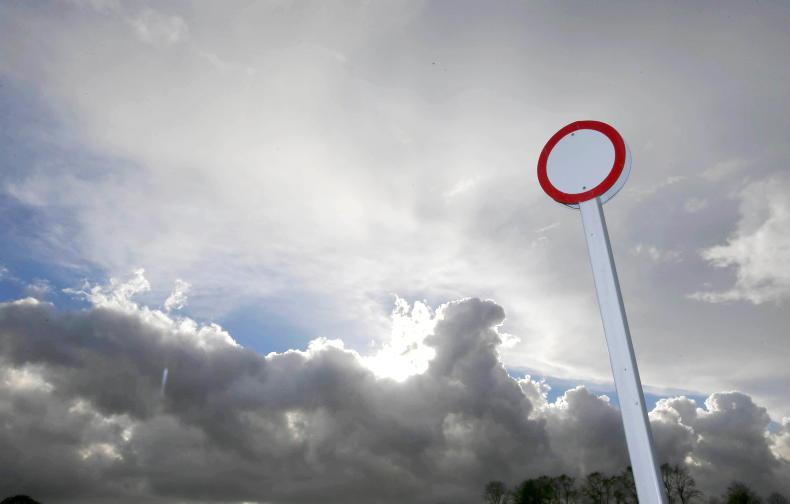THE size and scale of Britain bloated fixture list possibly isn’t a day-to-day concern for those on this side of the Irish Sea but it is a constant feature of the racing landscape which makes it worth returning to.
The interconnected nature of the bloodstock industry means that events across the Irish Sea have the potential to have a profound impact on this jurisdiction.
So it was with some interest that one read an article last week in the Racing Post which featured a significant contribution from the Thoroughbred Breeders Association chairman Julian Richmond-Watson.
The latter emphasised the need for financial support to encourage the British breeding industry and the article in question outlined how global thoroughbred foal crop numbers have fallen from a 123,467 in 2005 to 84,267 in 2020.
Foal crop
Unfortunately, the conversation seems to view falling foal crop numbers as a major issue as opposed to actually tackling the problem which is an out-of-control fixture list. The latter appears to be driven by a need to provide an endless betting product rather than a sport in which standards are maintained and provide a daily diet of reasonable quality.
“It would be quite easy to cut the number of fixtures down to tailor it to the number of horses but that isn’t actually what everybody wants to do. The right number is the number required to create competitive racing to meet the commercial objectives of the racecourses,” stated Richmond-Watson.
Whatever one feels about this statement it seems to conveniently ignore that more horses and more racing is not going to improve competition or quality. A phrase like ‘commercial objectives’ is quite nebulous to say the least, but one can’t help but feel that this refers to laying on racing for the sake of revenue and nothing else.
Fixture list
Racecourses have their own interests to safeguard and obviously fixtures help drive revenue but it seems that racing in Britain is determined to head down a dangerous path where the sheer volume and scale of the fixture list isn’t regarded as a problem but instead the focus shifts to matters like foal crop sizes.
Do various sales returns point to a need for increased supply? The answer looks extremely doubtful and any calls for more horses to be bred would do well to take head of the scale that things got to earlier this century. Does anyone want to return to times like 2007 when the Tattersalls Ireland November National Hunt Sale spanned a colossal 13 days.
The catalogue for that sale contained no fewer than 3,500 lots. Admittedly there would have been a considerable number of withdrawals over the course of the 13 days but a final tally of 1,616 horses sold would indicate that back then supply had far outrun demand and this sale took place at a time when the economic situation still looked rather positive.
Red herring
Furthermore, notes of concern about horses being exported to foreign markets strike one as a red herring. American activity at the top of the yearling market in Europe accounts for a very small amount of the English and Irish yearling crop heading for export and the money generated by these animals actually plays a key role in sustaining the breeding industries in this part of the world.
Similarly, every year there is a certain cohort of horses that leave the system as a result of being sold to Hong Kong, Australia and America. This again is no bad thing as it enables horses bred in Europe to flourish elsewhere which has a two-fold effect. Their sales sustain the ability of their connections to reinvest while also the success of these horses in foreign parts helps to further the cause of the British and Irish breeding industries around the globe.
Any belief that an increase in foal crop numbers would help alleviate any supposed shortfall caused by exporting valuable stock to foreign markets as outlined above is misplaced. In the vast majority of instances the horses being sold to go abroad are high-end stock and an increase in foal crop numbers isn’t going to make for like for like replacements. The simple fact is that any further increase in foal crop supply is going to result in a dilution of quality rather than an enhancement of same.
Of course it is easy to proffer an opinion from this side of the Irish Sea and there is no easy fix when it comes to the fixture list in Britain, but more horses is not the answer and the sport’s focus should be on trying to drive up quality as opposed to pursuing a course of action where dilution of standards seems to be the order of the day.


 This is a subscriber-only article
This is a subscriber-only article
 It looks like you're browsing in private mode
It looks like you're browsing in private mode










SHARING OPTIONS: